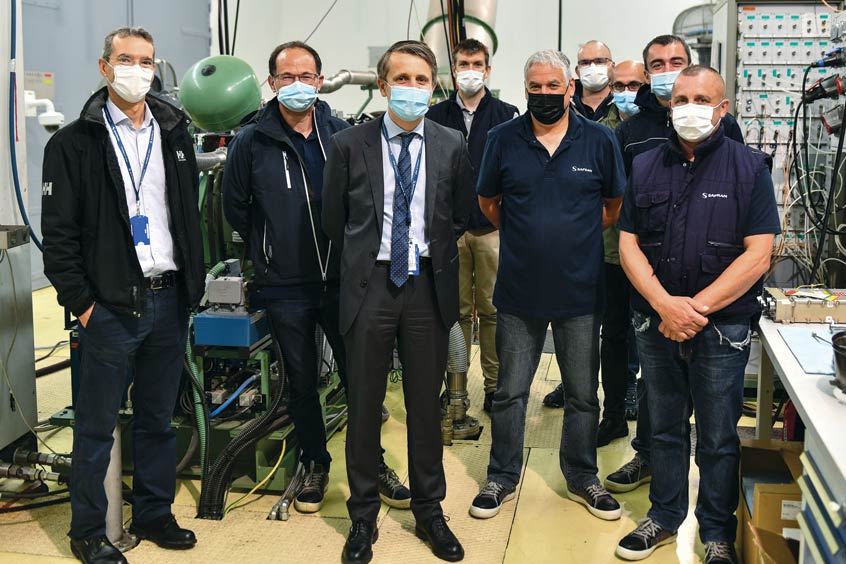Why visit ACE ’25?



For the first time, Safran Helicopter Engines has run an Arrano engine using a mix of 38 per cent SAF at its Bordes plant in southwest France. The biofuel was produced from used cooking oil. This ground run marks the first step of a strategy to deploy SAF in engine test cells at all Safran plants. By the end of the year, the manufacturer plans to use at least 10 per cent SAF at all its French facilities.
This milestone comes two weeks after Safran Helicopter Engines marked the first flight of a rescue helicopter using biofuel. An Airbus H145 belonging to German aeromedical service provider ADAC Luftrettung operated its twin Arriel 2E turbines on a mixture of 40 per cent biofuel and 60 per cent conventional Jet-A1. Safran and ADAC have agreed to continue studying biofuel usage on a daily basis with a helicopter based at Cologne. In parallel the manufacturer plans to conduct similar tests with other helicopter operators.
Safran CEO Franck Saudo comments: “Reducing CO2 emissions is a collective responsibility that has been embraced by the women and men of Safran. By introducing SAF, and specifically biofuel, to helicopter operators and at our plants, we are reducing CO2 emissions at both. I am proud that once again Safran has taken the lead in aviation decarbonisation.”
Safran engines are already fully certified to operate on up to 50 per cent sustainable fuel, including biofuel. The OEM's ambition is to obtain a 100 per cent biofuel approval by 2023. Emitting much less carbon throughout their entire life-cycle, these fuels could help reduce aviation CO2 emissions by up to 80 per cent.